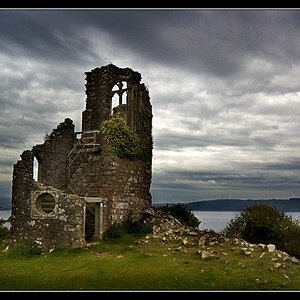Cinka
TPF Noob!
- Joined
- May 19, 2007
- Messages
- 236
- Reaction score
- 12
- Can others edit my Photos
- Photos OK to edit
I encounter this problem whenever I travel. I can get a great exposure for the sky, but anything below it is dark and underexposed. Or visa versa. I can't find a good middle ground. It doesn't matter where I go: Italy, New York, my own backyard. Italy was particularly frustrating because of the light high contrast situations with light buildings and shade, blue skies.
I've been trying to read up on it and am not really finding anything that tells me what I'm doing wrong or what I should be doing.
Here's what I took yesterday:

I DID do bracketing, so I have several exposures to expose the dark landscape shadows. I figured I'd get into Photoshop and just blend the images, but I want to know how to do it right on the scene.
Thanks!
I've been trying to read up on it and am not really finding anything that tells me what I'm doing wrong or what I should be doing.
Here's what I took yesterday:

I DID do bracketing, so I have several exposures to expose the dark landscape shadows. I figured I'd get into Photoshop and just blend the images, but I want to know how to do it right on the scene.
Thanks!





![[No title]](/data/xfmg/thumbnail/33/33489-cc76e5d22658c0f79ccb4ae9d307610d.jpg?1619736003)
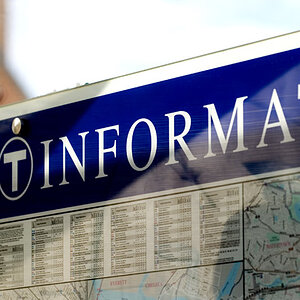

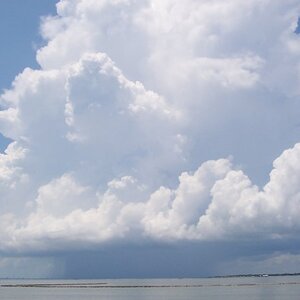
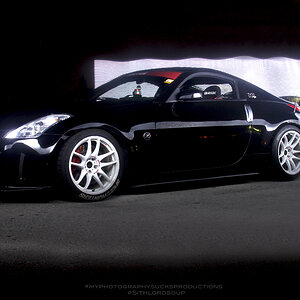
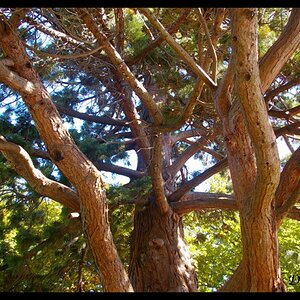
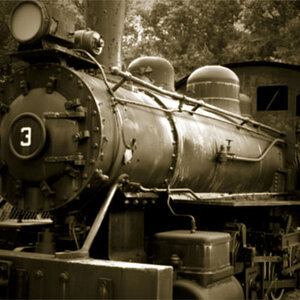
![[No title]](/data/xfmg/thumbnail/37/37634-504722605a418b398f3cd1dbabf936e5.jpg?1619738156)
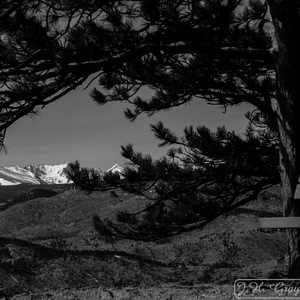
![[No title]](/data/xfmg/thumbnail/37/37633-94737d4436dff45b827dcc332ff7fba9.jpg?1619738156)
